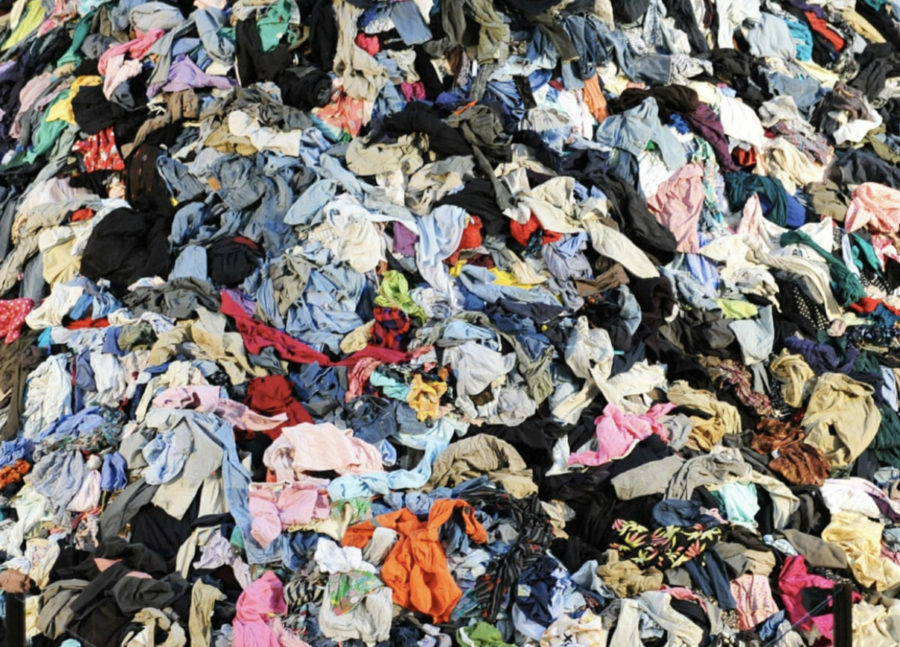Current Fast Fashion News and Alternatives
The image depicts a clothing landfill with hundreds of thousands of articles of clothing piled on top of one another.
September 30, 2022
Fast fashion is a popular term used in many of today’s news articles and headlines. It generalizes the idea of unethical practices and treatments throughout the fashion industry that result in quick, cheap, and poor-quality articles of clothing. It affects trash disposal and is practically non reusable. Examples of fast fashion include SHEIN and Forever 21. Some companies use fast fashion practices but still charge high prices, like Urban Outfitters and Pacific Sunwear (PacSun). They make their clothes outside of the United States in countries like Latin America and parts of Asia, where the factory laws involve very little humane practices. The Fashion Transparency Index is a huge factor in dictating whether or not a company is treating their workers fairly.
The Five Freedoms are a similar method of seeing how “ethical” a company is by testing how many freedoms it gives animals when making the company’s clothes. Harming nature, animals, and humans are a significant and horrible factor in creating such popular clothes.
On the topic of harming nature and animals, some companies continue to not pay their workers but are very environmentally conscious. For example, The North Face has many awards for their environmentally conscious clothing, but their treatment of workers is unknown, as the company has very little transparency. In recent news, Patagonia’s founder has sold his entire company to fight climate change. Patagonia is noted to be fair to their workers as well as animals and the environment. A clear, definite answer to how sustainable a company is at any given point in time is available on the newly updated app Good On You. It provides sustainable alternatives to popular brands as well as separate categories of different articles of clothing to show what’s available. Everything from jeans to sweaters to shoes to scarves are all available on this website.
As easy as it seems to be able to shop sustainably, it is economically discouraging. Sustainable clothes take more time, effort, and money to make, causing them to be significantly more expensive. An easy way to maintain being sustainable as well as not spending too much money is by buying clothes from thrift shops or by buying moderate quality clothes and wearing them for prolonged periods of time. Nikita Gupta (11) shares how she sustainably purchases clothes, saying “I genuinely like thrifting. I feel like I can see a lot of new styles and types of clothes in a different light than I would in a store. Knowing that I’m helping the world makes it all a lot better.” This helps the environment because a huge issue with modern clothing waste methods is that many of the clothes end up sitting in landfills. If people use the clothes for prolonged periods of time, allowing them to be used in second hand locations, the world can look a little bit different.





































